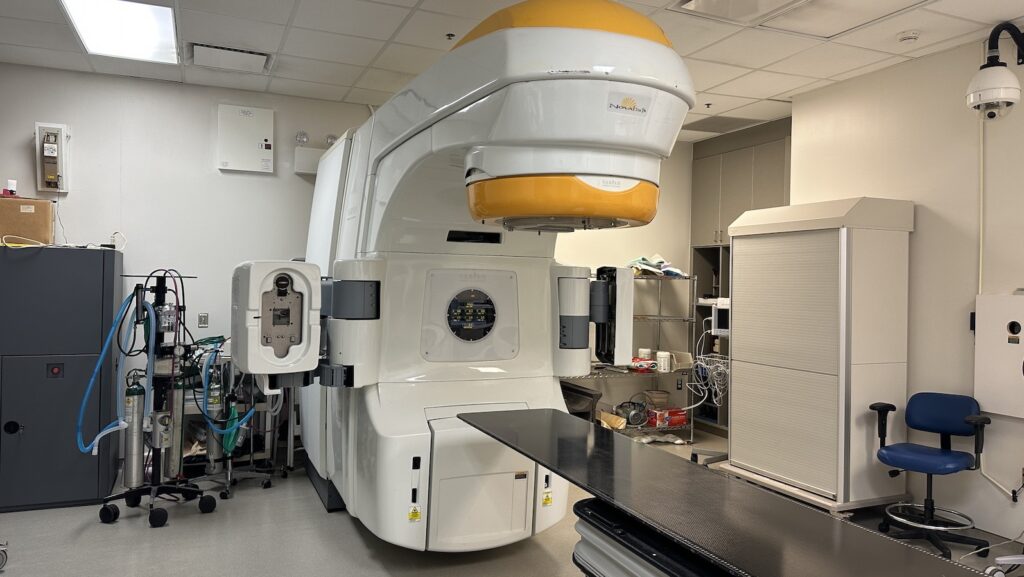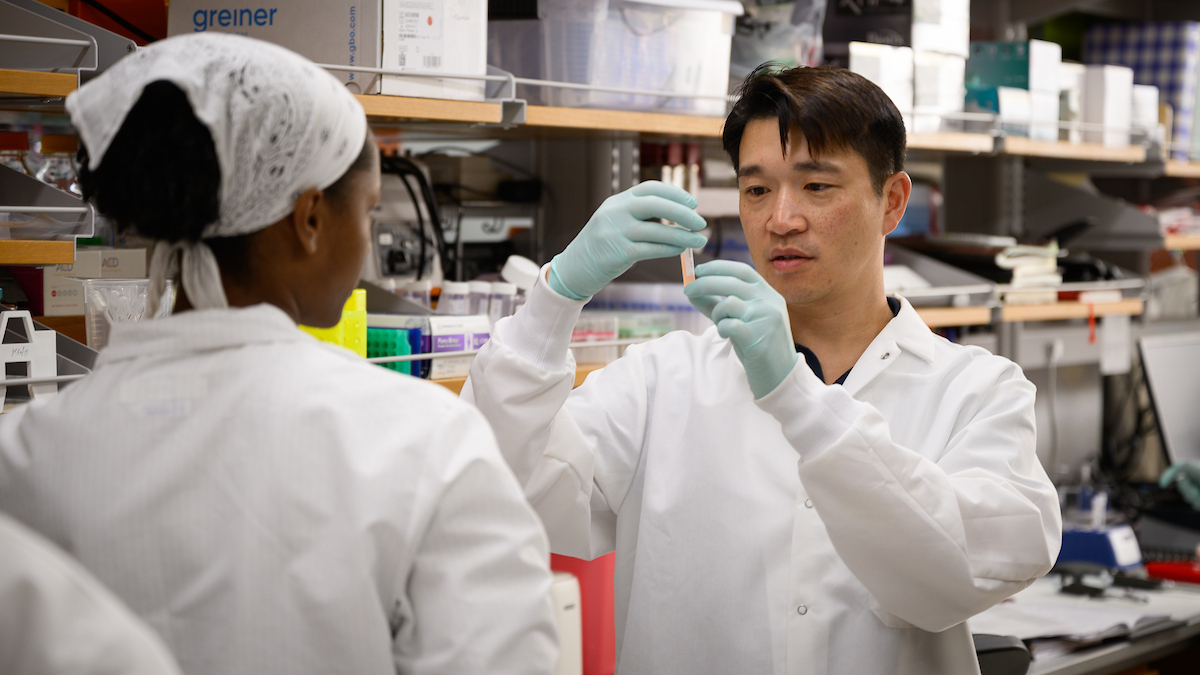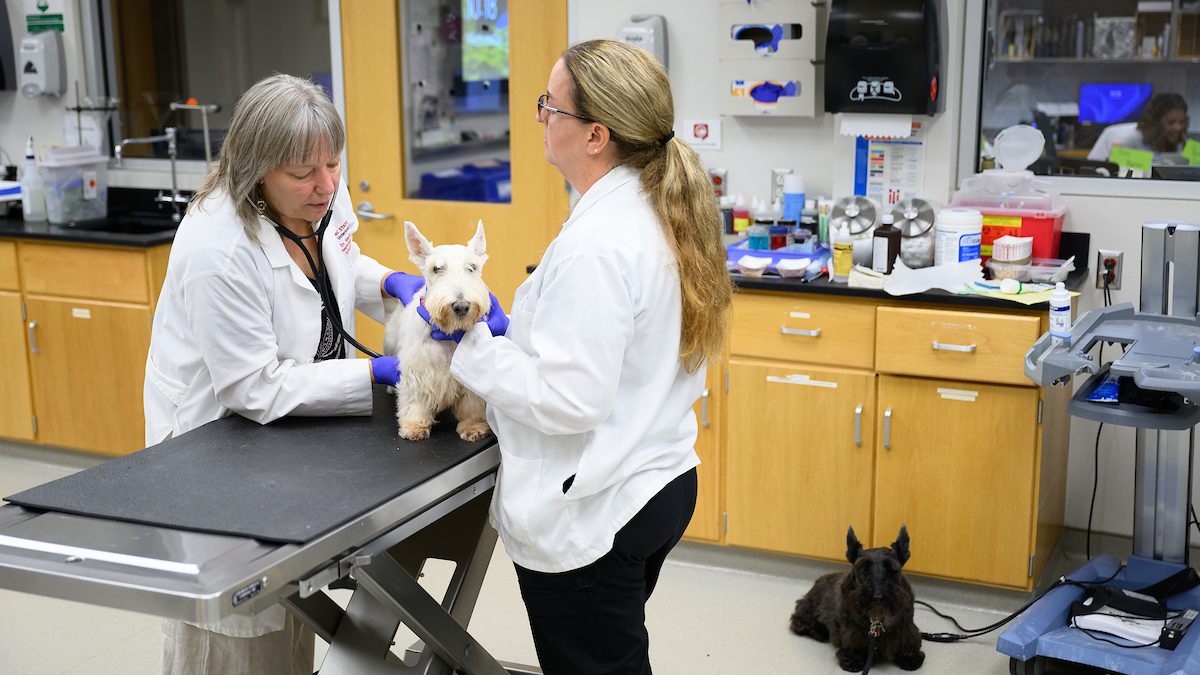Study’s Cystitis Remedy so Effective that NC State Ready to Offer Treatment to Cats
Data is pending on the study's final cat, treated with low-dose radiotherapy last month, but the researchers say every other cat has shown improvement, with most never having another episode of cystitis.

An NC State College of Veterinary Medicine study exploring whether low-dose radiation therapy could relieve the painful symptoms of Feline Idiopathic Cystitis has been so successful that clinicians are ready to start immediately offering the treatment to cats at the NC State Veterinary Hospital.
The causes of Feline Idiopathic Cystitis are not well understood, though environmental stress appears to be a main factor, says Dr. Allison Kendall, an assistant clinical professor of small animal internal medicine with a focus on nephrology and urology. The condition often is chronic and leaves cats, especially male ones, straining to urinate or even unable to. About 20% of affected cats are euthanized, she says.
“This is a very serious disease, and there really is no current effective treatment,” says Kendall, the study’s lead investigator. “Once they are diagnosed with FIC and once their urethra is blocked, cats risk blocking multiple times. Once they have the disease, it just doesn’t go away on its own. It’s lifelong.”
Until now, trying to treat the symptoms and remove stressors has been all veterinarians could do, Kendall says, and too many times euthanasia is needed to stop the suffering.
Wanting to address the pain is what led Dr. Michael Nolan, professor of radiation oncology, to approach Kendall to discuss whether treating the feline bladder with low-dose radiation therapy could help relieve FIC symptoms.
“You can actually treat arthritis and other inflammatory conditions with low-dose radiotherapy, and it works really well,” Nolan says. “Nobody knows why it works, but it does. So I said, ‘Why don’t we just try and see if maybe radiation could help with this?’”
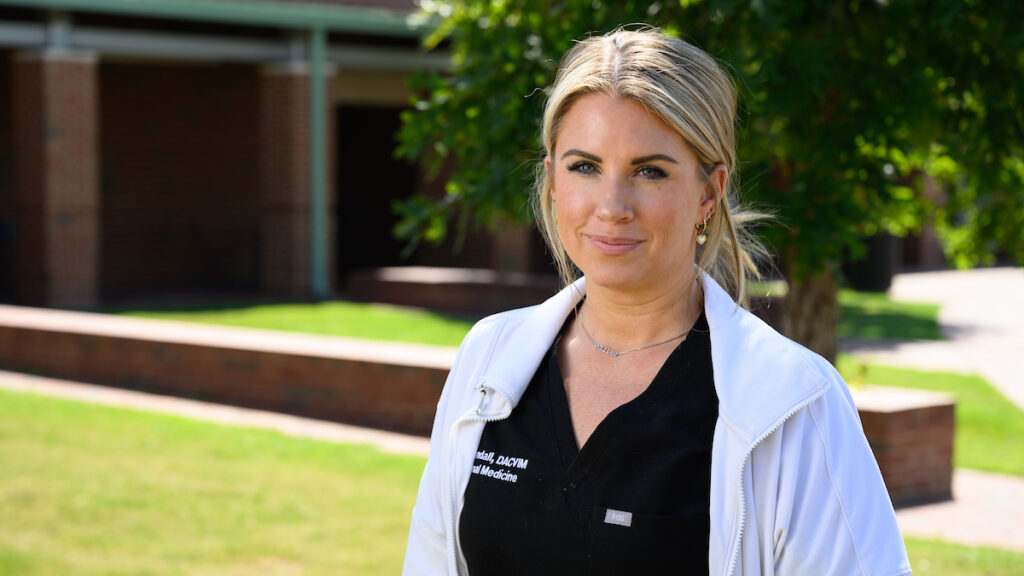
Kendall and Nolan collaborated on setting up a study, and Dr. Kate Meurs, dean of the NC State College of Veterinary Medicine, used the Feline Gift Fund to pay for it. In April, the college created a new Feline Health Center to elevate its focus on cats and to combine all of its feline expertise under one umbrella, making collaborations such as the FIC study even easier.
Over the past two years, with some delays because of the COVID pandemic, Kendall, Nolan and their teams have used low-dose radiation to treat 15 male cats suffering from FIC.
Data is pending on the study’s final cat, treated last month, but the researchers say every other cat has shown improvement, with most never having another episode of cystitis. These findings are compelling enough for the NC State Veterinary Hospital to begin offering these radiation treatments to patients.
“I feel confident enough in the study to start recommending it,” says Kendall, noting that oral medications, the only available treatment, are themselves stressful for cats and their owners. “Pet owners might think it’s too expensive, but radiation therapy can be cheaper than continuously paying to treat a blocked and suffering cat. If it were my cat, I would definitely be looking at radiation therapy.”
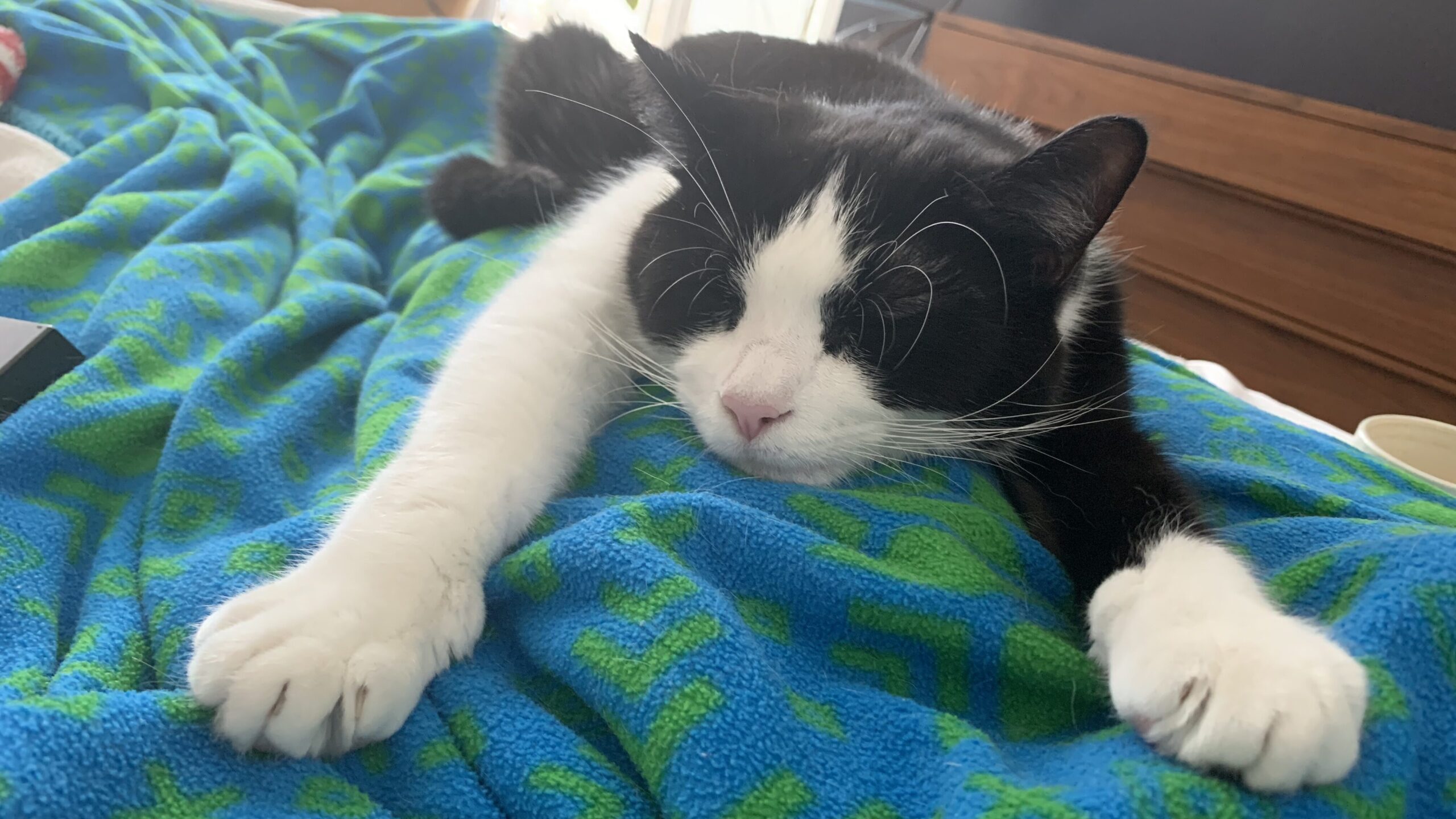
Archer Seaman, a black and white, pink-nosed boy, was the first cat enrolled in the study in April 2021.
Danielle Seaman, a radiologist in Durham, says she had noticed Archer in his litterbox straining to urinate with nothing coming out, and she immediately took him to her local veterinarian.
“They did the full workup, but there wasn’t an obstruction, and he didn’t have any stones,” says Seaman, who has three other cats. “There was no good underlying reason for it. We think it was stress-related. But once it started, it was a never-ending battle.”
Every two or three weeks, Archer would have blood in his urine and be so uncomfortable he’d urinate in inappropriate places, Seaman says. Oral medications would bring limited relief. When her veterinarian mentioned that NC State was looking to study cats in Archer’s predicament, Seaman quickly called and enrolled him.
“We took him in for one low-dose treatment in 2021, and it really has been life-changing, to be honest,” says Seaman, who notes that Archer had one episode shortly after his treatment and none since. “He was miserable and making us miserable. And now he is one happy, healthy cat. I feel so lucky that my vet had known about the study and was able to refer us.”
Kendall presented the initial data at a national conference this summer and will be publishing the results by next year.

“I had multiple texts, emails, phone calls, from colleagues I’ve known a long time and people I’ve never met in my life, reaching out after that conference wanting to figure out how to do it in their clinics,” says Nolan, who cautions that the data are not confirmatory and that more studies are needed. “There are still questions, but this is super encouraging, one of the most surprising things I’ve seen.”
Next, Kendall and Nolan hope to secure more funding for additional research so they can answer more questions and help even more ailing felines and their owners: Which cats would benefit the most? Would it work just as well in female cats? What is the optimal dose of radiation?
“We found something that works well, but is there a better dose paradigm?” Nolan asks. “Maybe there’s something that can work even better. They are young cats in our study. Does it cure them? Or in a few years will they need another round of treatment? We don’t know. But additional funds and studies would help us sort those kinds of things out.”
